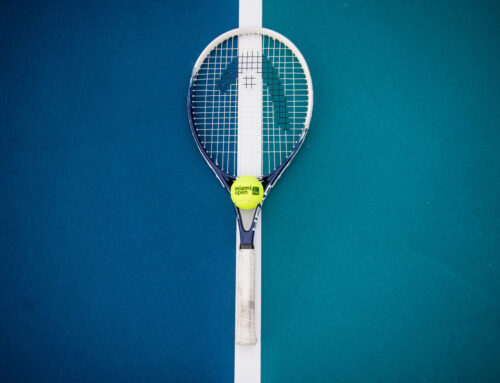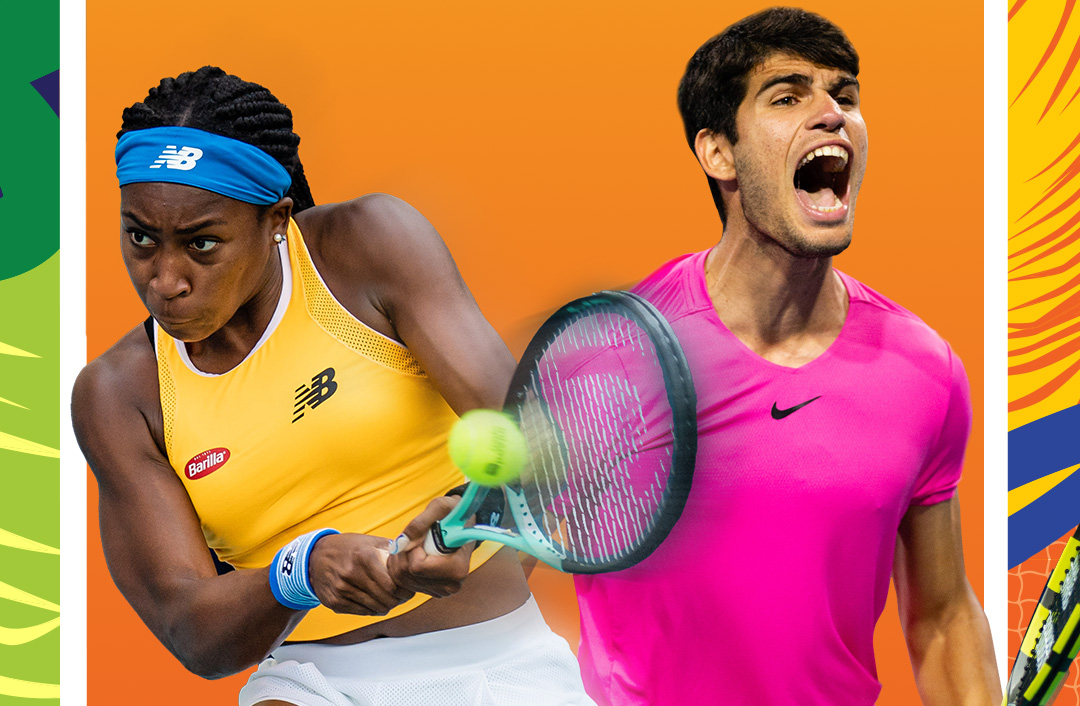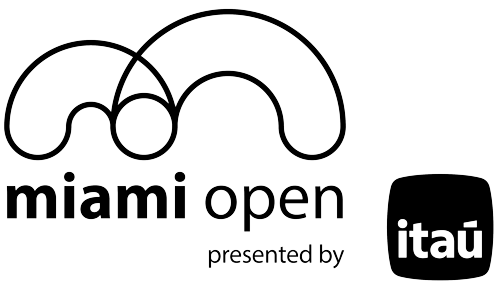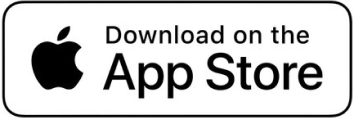By Fernie Ruano, Jr.
A quarter century after Tim Mayotte took home the first ever Sony Open Tennis title, the New England-bred, former world Top-10 is still as driven as when he traded volleys with John McEnroe and groundstrokes with Jimmy Connors. Only today, Mayotte spends his time chasing tomorrow’s tennis hopefuls on the courts of the academy he co-owns in Queens, New York.
But on February 17, 1985, the then 24-year-old Mayotte was in route to his first professional title – a grueling come-from-behind win over Scott Davis at the Laver’s International Tennis Resort in Delray Beach, site of the inaugural tournament known today as the Sony Open Tennis.
“It was an extremely windy day and I was having a little trouble getting my shots off,” recalls Mayotte, who rallied from two sets down in front of a national T.V. audience. “After match point, I remember… I fell to my knees and bounced an overhead (into the stands).”
Mayotte still elicits shout-outs from fans while walking the streets of New York – presumably to wave hello to the former tennis star, not razz him about his lifelong Red Sox crush. And with good reason: Mayotte won 12 singles titles, a 1988 Olympic Silver medal, and posted victories over Connors and Andre Agassi during a 12-year career for a 70’s kid who grew up playing with a wooden racket.
Heading into the finals 0-4 in title matches, Mayotte, one of two men to reach the final of a major, 128-draw tournament as an unseeded player for the first time since the open era started in 1968 (Davis the other), ousted Boris Becker and Marty Davis on the way to the championship.
We recently caught up with witty, articulate and outspoken Mayotte, who co-owns the academy with Lee Hurst, to speak about tennis in Key Biscayne and America, the challenges the game is facing and his son’s love for baseball – all while he smashed a serve at a Yankees’ fan. Just kidding…
What do you remember about winning this tournament in 1985?
TM: It was like, alright, I finally got one. It was definitely a breakthrough. My parents drove down from Bradenton to watch me play, which made it a real special one. They would always get nervous… they couldn’t watch. My father actually left the stadium and watched the match from a bar, not too far from there. Needless to say, he had a few drinks and started telling everybody, “Hey, that’s my son up there!” He had his own rooting section.
What was the atmosphere like?
TM: I had played in majors [Mayotte was a semifinalist at the ’82 ’83 Australian Open] so I was used to dealing with media from all over. It was on national T.V., but the exposure wasn’t what it’s now. I mean there were about 20 people in the stands and about 40-50 media members. But I’ll tell you there was tremendous excitement in the area and players were already looking at it as another Slam, especially with the Australian Open falling off in prestige a little – a lot of the players were looking at it like a ‘fifth’ major and one of the most prestigious tournaments, outside of the Slams.
What are thoughts today of what organizers have turned this tournament into?
TM: Those folks have something to be real proud of down there. (Former Tournament Director) Butch (Buchholz) deserves a lot of credit for seeing it through and the support was unbelievable. You also have a multicultural city with people from all over the world and a lot to do there. It’s a tremendous venue and a beautiful place. The facilities are unbelievable. I had an amazing experience and happy to see the tournaments fulfill its potential.
Could you imagine the impact social media would have had on your career?
TM: Wow. It would have made it so different. I just got back on Twitter after a couple weeks because I had hip surgery and it’s unbelievable. Everything the players do now is like a (marketing) campaign. I did a couple commercials and print campaigns, but nothing like the players of today have it. It’s like from the minute they get up in the morning everything is up (there).
Why is men’s American tennis going through some rough times, in your view?
TM: The development of coaches has to be more rigorous. That’s the main reason we’re not developing great players. I get so upset when I hear people put the blame on the kids. A lot of these kids are so hard-working… out there twice a day (practicing) and then it’s extremely expensive to travel. Even in New York, you have to travel to tournaments so the expense is prohibitive to a lot of families. It’s really costly. Those are the primary reasons, in my opinion. And the kids take a lot of the blame and that bothers me.
What is the most challenging part of working with young tennis players today?
TM: I’ve always been a good motivator, but now that I’ve been coaching I’ve been able to learn technique. The technique of the game is so different because a lot of the players today play the same way. So, I would say the technique.
You have an 18-year-old son (Cal Barnett Mayotte) playing Div. III baseball in New York. What have you learned from him that has helped you in the second half of your life?
TM: My son really loves the team aspect of sports. I would say the biggest is how he can balance life so well and let go of losses easier than me. He hasn’t needed much help. He could play a (baseball) game in the morning and switch, put on his basketball uniform for practice and be over it. When I was a kid, if I lost a match it would eat at me…ruin the rest of my day.






